I am a big fan of island destinations. Not only do I enjoy being on a chunk of land surrounded by water, but islands also have a certain geographic completeness about them. Explorations are usually simpler, as you don’t have to cross borders – well, except a handful of islands anyway.
The Faroes fit the bill perfectly. A group of 18 islands half-way between Scotland and Iceland, this Danish archipelago is a bit of both without the tourist crowds. There’s more sheep than people in the Faroes, and the terrain is beautifully rugged.

Despite their remoteness, the infrastructure in the Faroes is quite advanced. There is an international airport on the island of Vagar, which happens to also be a picturesque island on its own, deserving a few days’ exploration. Here you can see Gasadalur falls, one the most spectacular in the islands, as well as Sørvágsvatn, the largest lake in the islands. A hike along the lake’s shore to the Trælanípan point where you can see it literally hanging over the ocean should be on anyone’s Faroes’ itinerary, especially considering it takes only about 1.5-2 hours from the main road. Also, from Vagar you can take a short helicopter flight to Mykines island, the only place in the Faroes where you can see the puffins. I got a bit unlucky: as I visited in early September, the puffins have left days before I came to Mykines. Still, this small island with a population of only 10 is well worth a full-day visit: it has great hikes and a true edge-of-the-world feel.
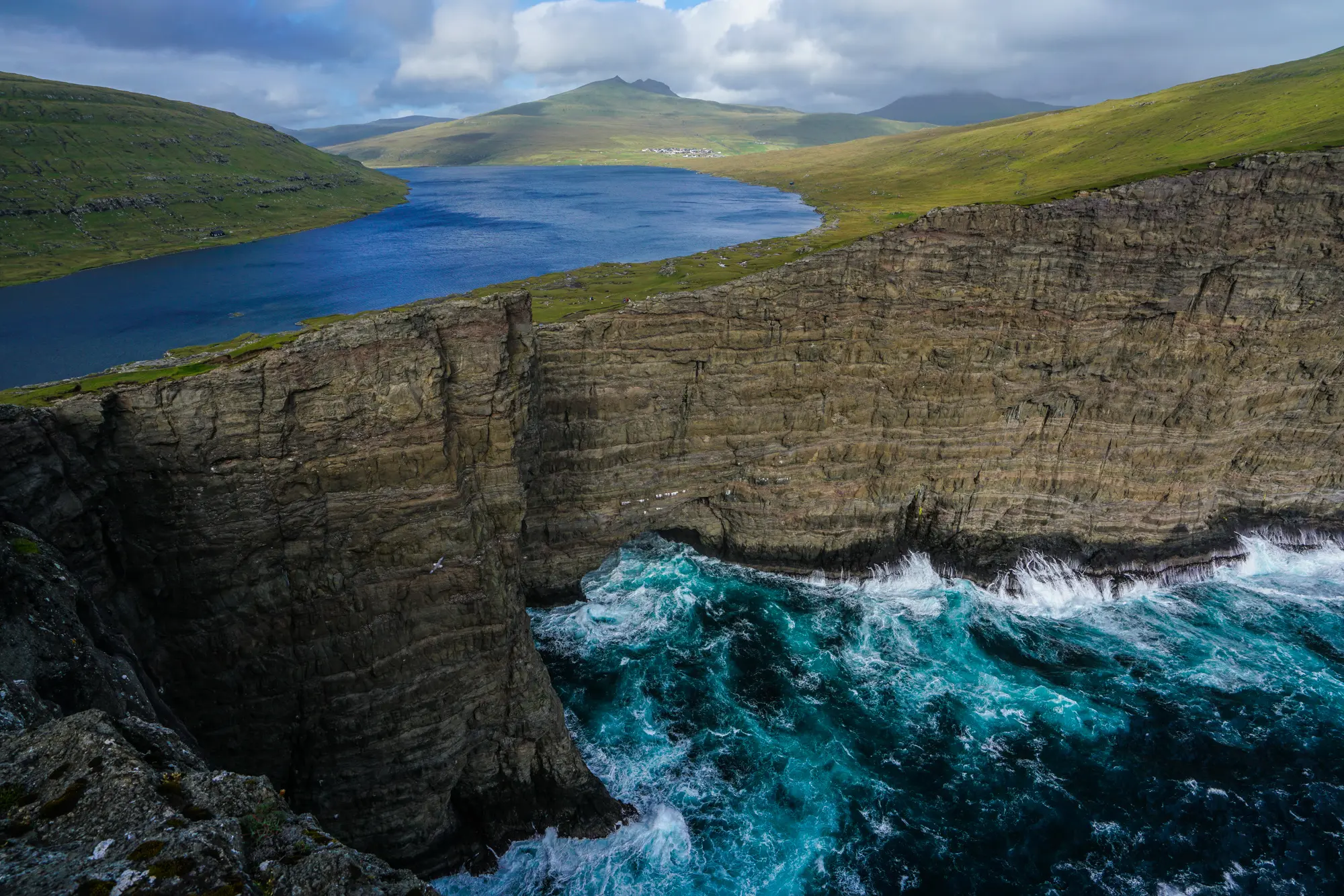
The islands’ capital, Tórshavn, is on the Streymoy island. To get here from Vagar, you will cross an undersea tunnel – a very cool experience on its own. Tórshavn is a nifty little town (a metropolis by local standard), and the best place to observe the lives of ordinary Faroese. Also, if you look for culinary experiences, the capital is your best bet to try various gourmet restaurants, as elsewhere on the islands, your choice might be limited to fish and chips.
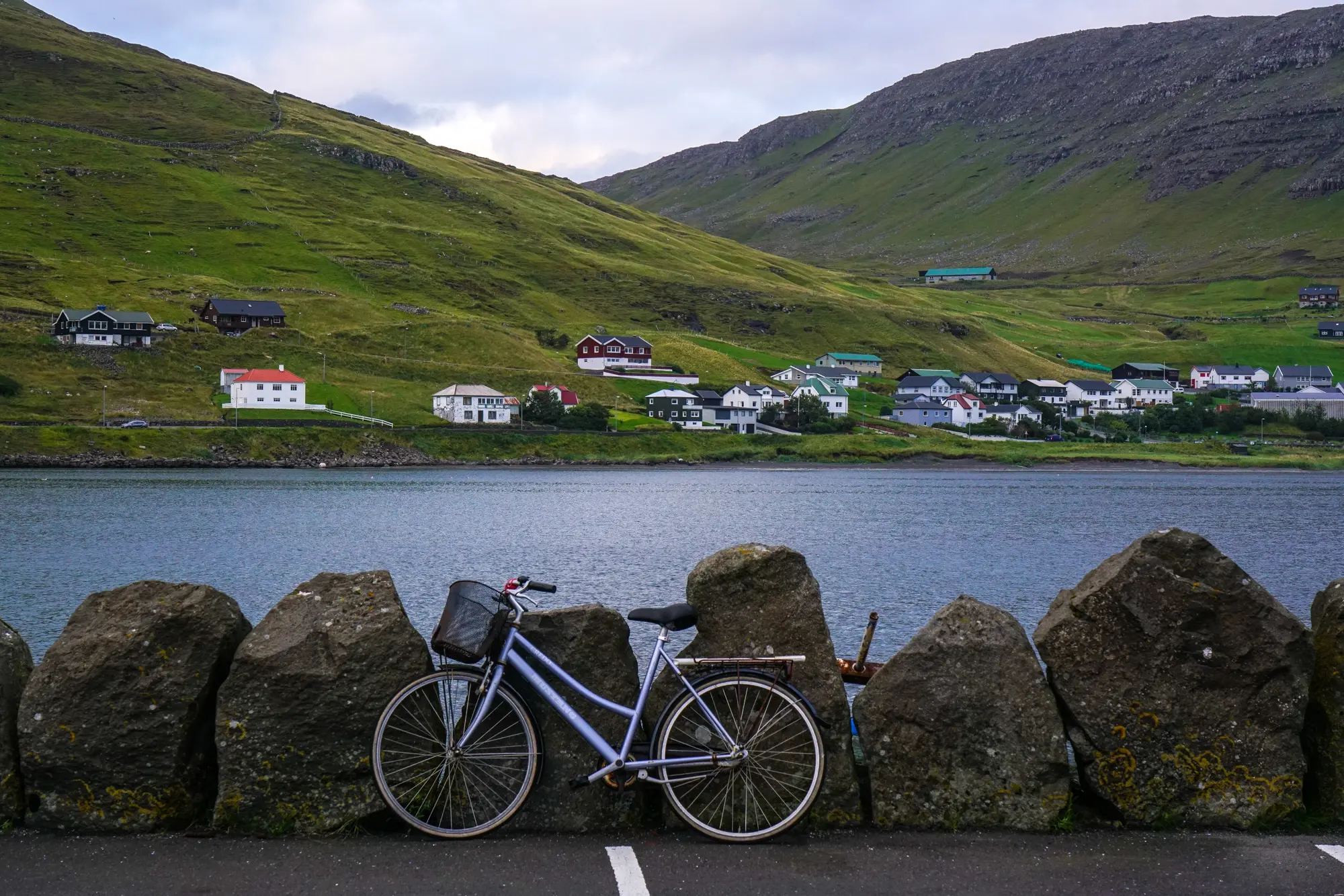
Going north from Tórshavn on Streymoy, you can visit Vestmanna bird cliffs where boat trips to see thousands of seabirds can be seen flying in and out of numerous caves. Then, proceeding firther north, you will reach the tiny village of Saksun. Situated near a long fjord, it has a few scattered houses, a waterfall, and some excellent hikes. Anywhere you look, the views are breathtaking.
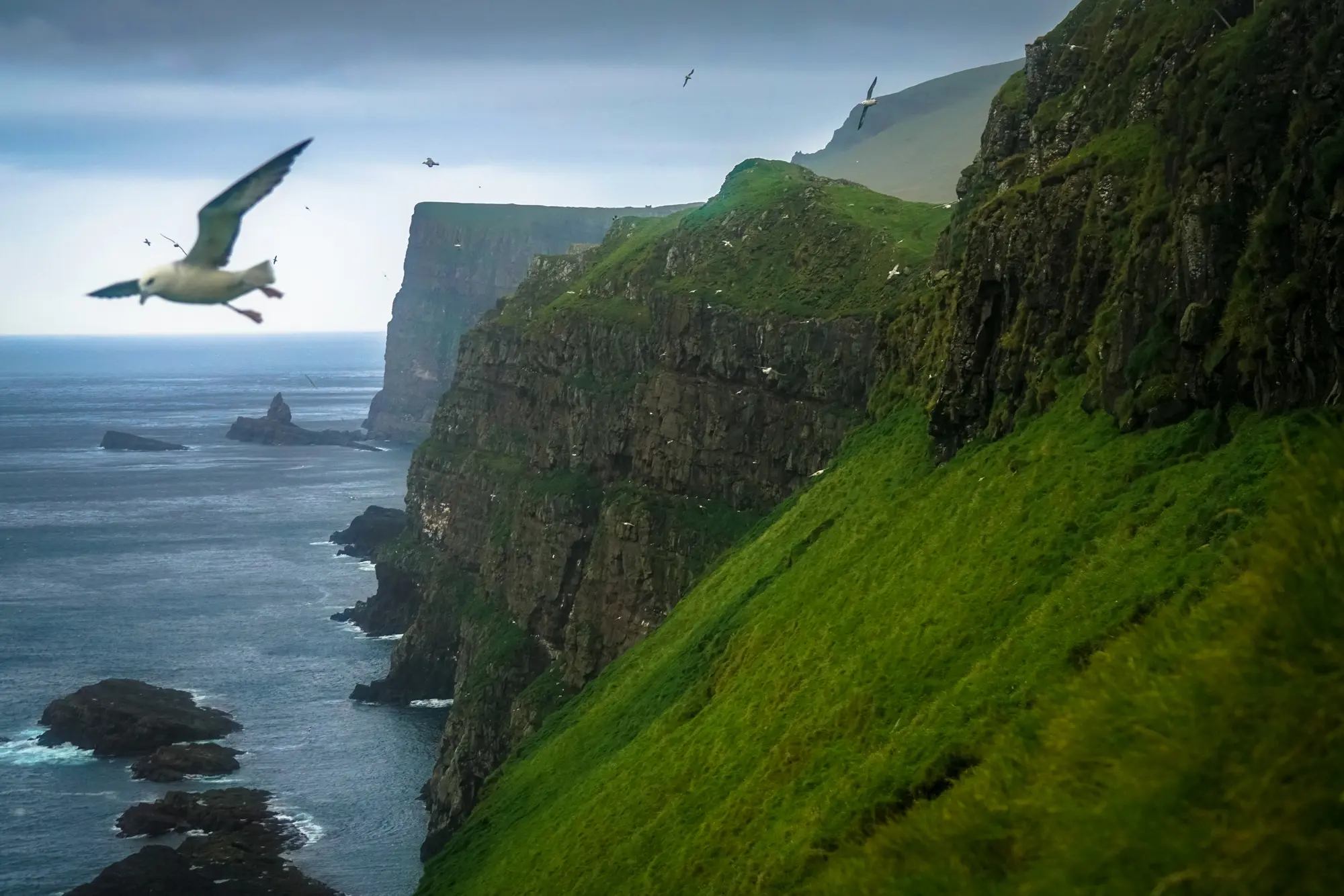
Going east, the next island you will encounter is Eysturoy, the second largest in the group. Here, the main attraction is the dramatic scenery in the northern half of the island with the village of Gjógv, one of the most picturesque in the islands. Also on Eysturoy, you can climb Slættaratindur, the highest peak in the Faroes with an altitude of 880 m. While it doesn’t sound like much, it is a dramatic-looking mountain. I was not able to climb it myself due to rainy weather, but during summer solstice, hundreds of locals traditionally make their way to the summit to see both sunset and after a short while, the sunrise from there. The trek takes about 2.5 hours each way.
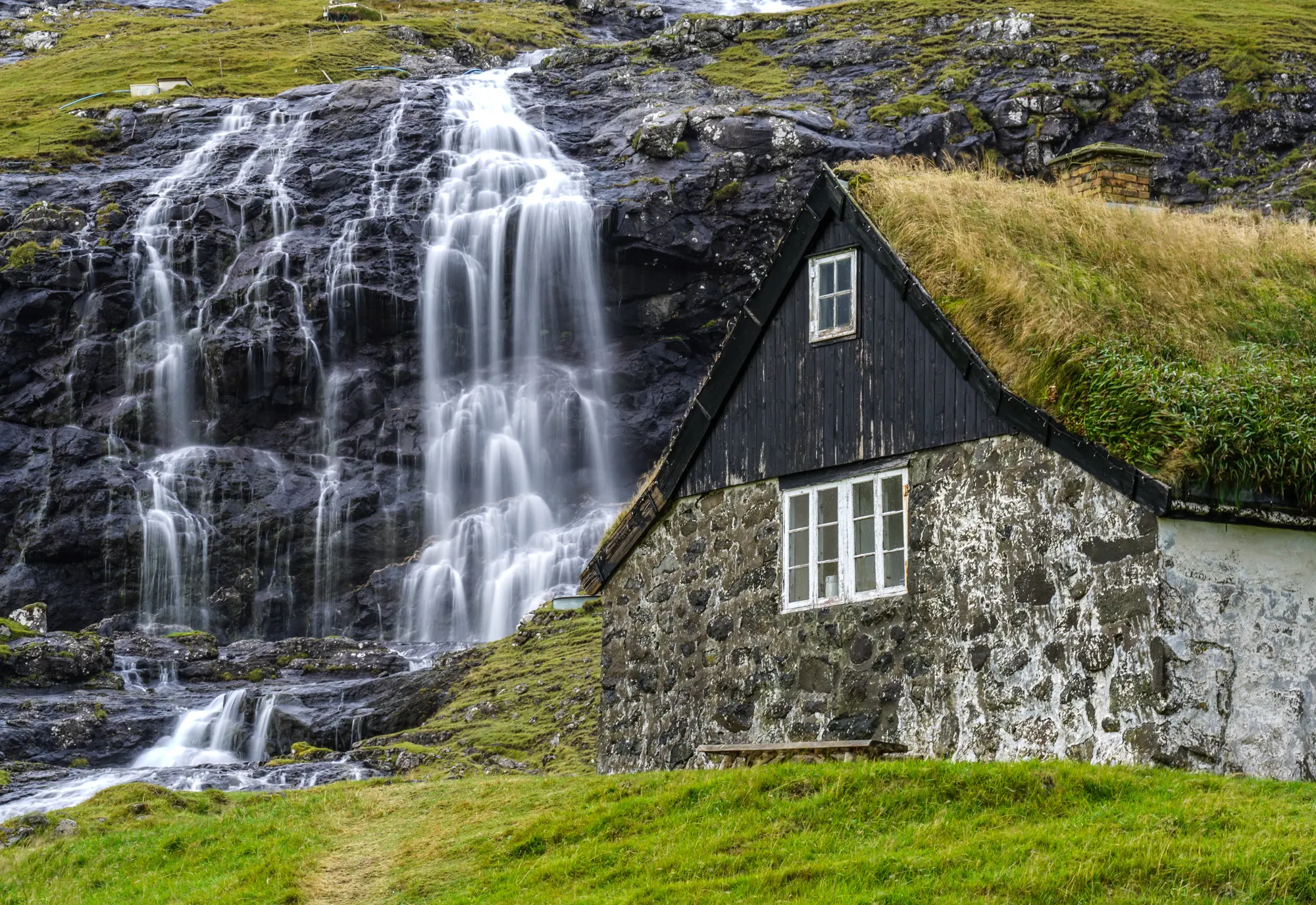
Continuing east from Eysturoy, you will cross another undersea tunnel to Klaksvik, the second-largest town in the Faroes with the population of a whopping 5117 people as of 2018. There is not much to see in Klaksvik itself, although by an outside standard, it is a perfectly pretty town. It has a few restaurants, a brewery and a summer music festival which should be awesome to attend. Klaksvik is a useful base for exploring the nearby islands of Kalsoy, Kunoy,Vidoy, Svinoy and Fugloy.

Kalsoy was my favourite of the bunch. A finger-shaped island has only one road that goes along it, all the way to the tiny hamlet of Trøllanes. From here, a few hikes will take you to the points so beautiful you can just sit and stare for hours at sheer cliffs, sea below and other islands in the distance.
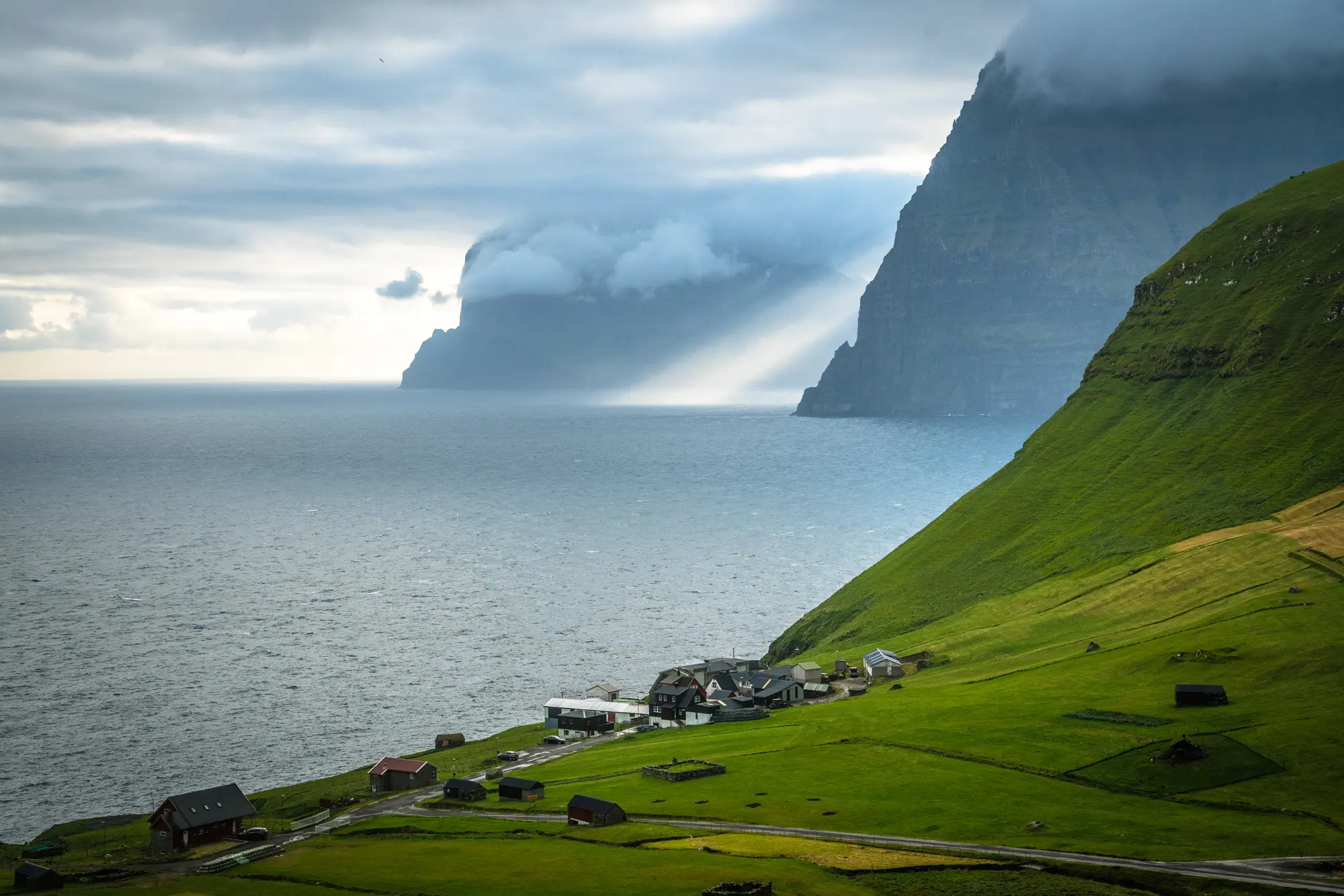
To get to Svinoy and Fugloy, you would need to take a helicopter. In fact, the Faroes is probably the best place in the world to experience helicopter rides. Being a form of public transport, they are very affordable here, although you do have to book ahead, especially in summer time. I didn’t manage to get to Svinoy, but Fugloy is a pretty little island with a population of 37, one church and a school with one pupil. Unfortunately, as soon as I arrived there, it started raining, and I had to take the ferry back as helicopters were cancelled. But even in the rain, there is a certain charm to the Faroes.
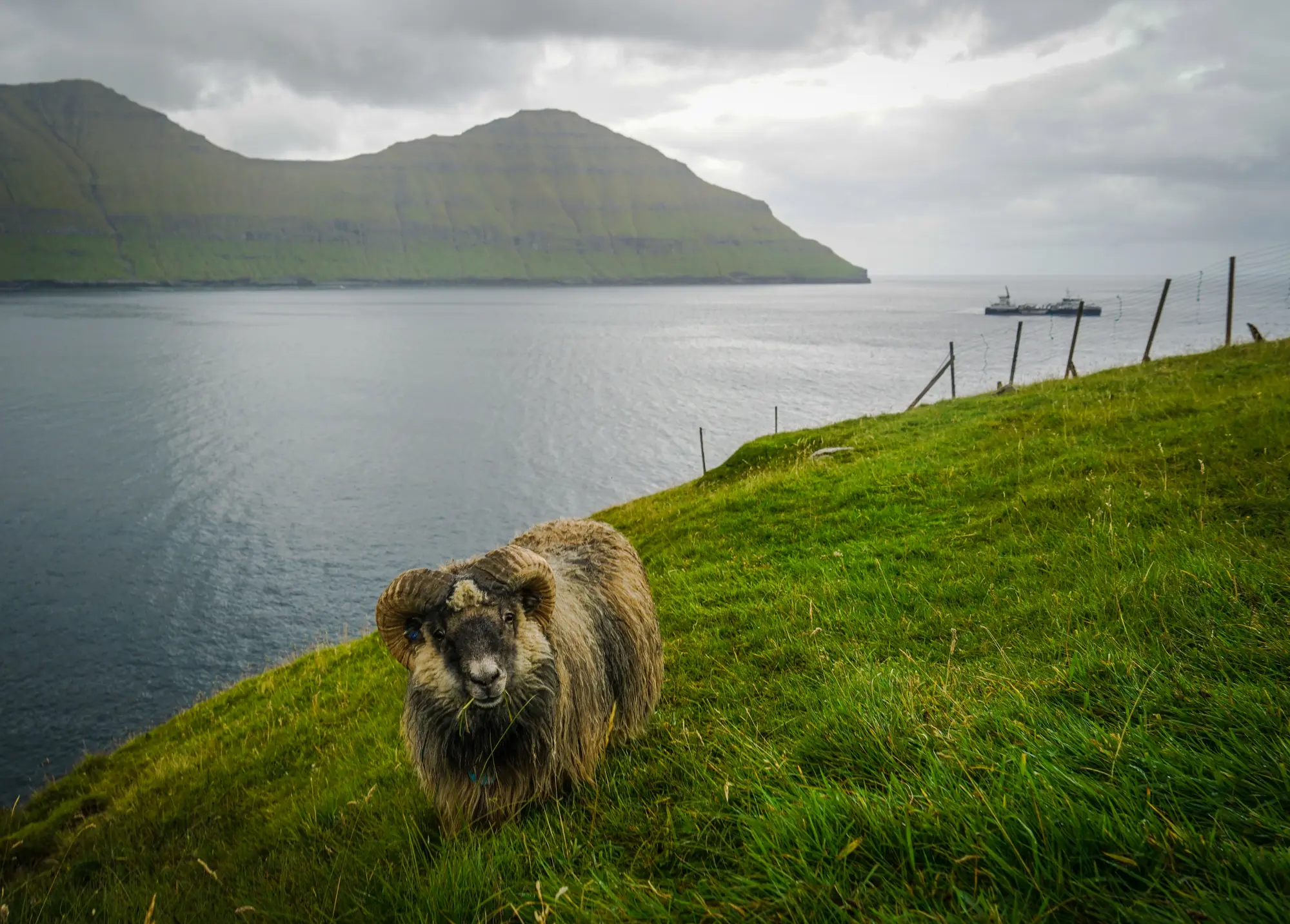
Now, I didn’t get to witness the grindadráp, the notorious dolphin hunt for which Faroe Islands keep getting a lot of smack from the international community. It is supposedly not a sign for faint-hearted, as the water in fjords turns red from the blood of the slaughtered mammals. The activists say there is no need, in this day and age, to do this brutal hunt as there is plenty of food available to the islanders. The Faroese reply that this tradition has been a part of their culture for hundreds of years, and that everything that is killed gets consumed by the locals. You be the judge of who is right.
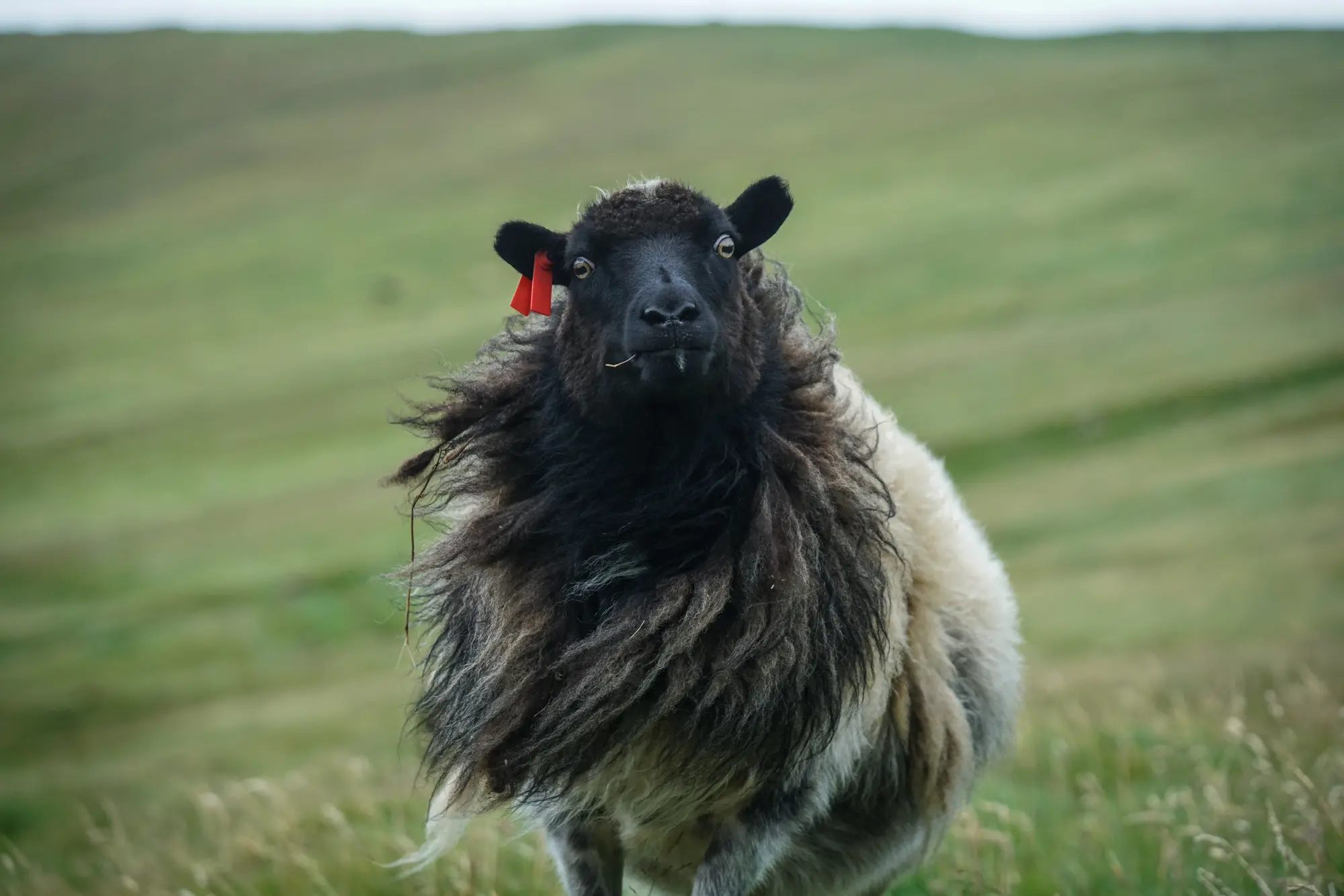
All in all, I can highly recommend visiting the Faroes and spending at least a week but possibly as long as 2 weeks in these craggy and picturesque isles. I would gladly travel there again myself. Check out the very useful Visit Faroe Islands site for more useful information.
